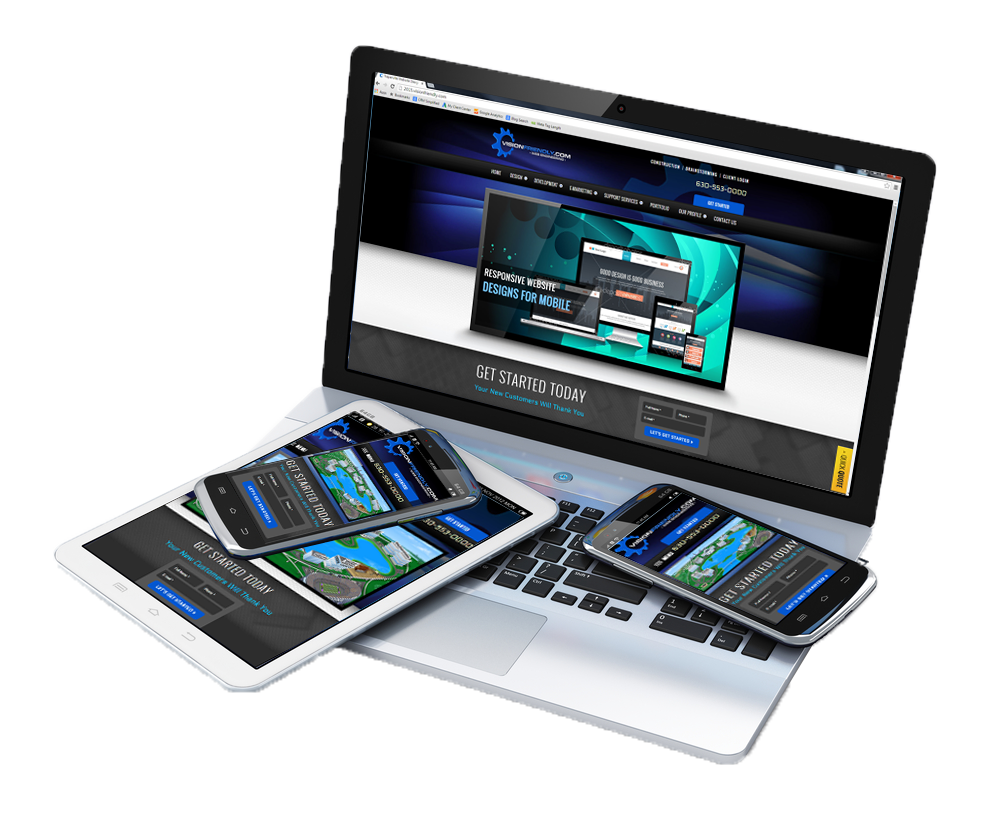The Pros and Cons of developing with Angular JS
Why developers should code in Angular JS
If you are working on modern-day applications, identifying the right structural framework will be the first thing to do. Your app’s features and components depend a lot on the framework, thus making it imperative to choose the right one. Angular JS emerges as one of the best options here. By stretching and extending the HTML syntax, this particular framework helps you express your apps’ functionalities in a precise way.
Identifying its application
Angular JS finds application in numerous projects. When it comes to ensuring dynamic web app development, a majority of developers opt for Angular JS. Here are some of the projects where developers have used this framework:
-
Video streaming applications
Netflix and YouTube for Sony PS3 are developed on this framework. Angular JS happens to be the first choice in these projects.
-
Travel apps
There’s no denying the fact that Angular JS has an exceptional interface and dynamic features. These aspects make it the perfect option for travel app development.
-
User-review apps
Every consumer checks reviews about a product before finalizing their purchases. Angular JS is the perfect framework for User-review app development.
Apart from these projects, Angular JS finds application in mobile ecommerce, social apps, and weather app development. However, the framework isn’t without a fair share of benefits and drawbacks. Here are some of them.
Pros and Cons
No matter which framework you choose, 100% functionality or performance is a far-fetched idea. Every platform or technology comes with certain advantages and disadvantages, which makes it complete.
The Pros of Angular JS
If you wish to take a look at the benefits of this framework, here are some of them:
- Quick delivery and prototyping of dashboard style thus enabling the creation of dynamic single-page apps.
- Swifter and simpler development compared to React, Backbone, and Knockout.
- Requires minimal coding
- Smooth testing
- Perfect for applications with interactive client-side coding
- Dependency injection systems
- Dual data-binding features
- Extends and stretches HTML coding
- Swift and hassle-free prototyping
With these benefits, Angular JS is undoubtedly the most preferred framework for developers. There are drawbacks as well, which developers should know about.
The cons of Angular JS
It’s easy to learn Angular JS in the basic stages. The moment you move towards the advanced stages, the learning curve turns out to be steep.
Some of the most popular and unique features of this framework are quite complex. First-time developers find it difficult working with values, factories, and DI.
- It’s very easy to utilize the scopes but tough to debug them.
- Documentation needs improvement.
- In spite of being dynamic and powerful, directives are highly difficult to operate with.
- After Bootstrap, developers will have a tough time configuring the framework.
- Limited router connections.
- Problems also exist in search engine indexing.
Significant development and improvement of these features can lead to proper functioning of this framework. Elimination of these issues will increase the strength, power, and usability of Angular JS.
Signing off
Although the platform has its share of disadvantages, Angular JS is the most dynamic option when it comes to web app development. You can surely create high-end apps with it!






















